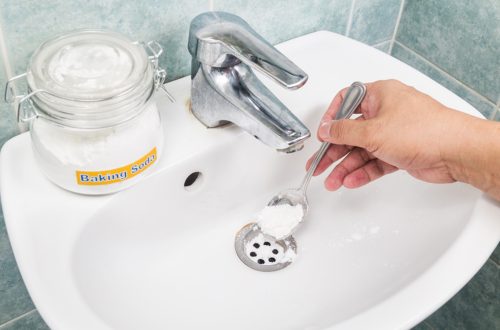Understanding the Environmental Impact of Your Septic Tank
Environmental Impact septic tanks-it,s very essential part of the wastewater removal systems in many homes. When taken care of correctly, they are an effective and inexpensive way to handle household wastewater. But if they are not handled well, they can hurt the environment in several ways. Understanding the effects of installing a septic tank near water sources is important. It will help you to choose the best location to install a new septic system.

Pollution of the groundwater
Septic tanks could contaminate groundwater. It would not be suitable for the environment. If the septic tank is not adequately sealed or kept, untreated wastewater can seep through the soil. It can cause pollution in the groundwater. Pathogens, chemicals, and septic tank nutrients can enter drinking water wells. It can pose a severe health risk for people.
Surface Water Contamination
Septic tanks can also harm surface water sources like rivers, lakes, and streams. Pathogens like chemicals and nutrients like phosphorus can get into the streams. It is especially when septic tanks overflow or leak. These contaminants can make people and animals sick. They can also cause algal blooms, killing fish and hurting marine ecosystems.
Phosphorus Leaks
Phosphorus is a nutrient that plants need to grow. When it gets into water bodies, it can lead to eutrophication, which makes algae grow too much. Phosphorus can enter lakes, rivers, and streams when septic tanks leak. It can cause algal blooms, lowering the water’s oxygen amount and hurting marine life.
Improper Nitrogen Treatment
Algal blooms can also be caused by the wrong way septic tanks handle nitrogen. If the septic tank isn’t built or kept upright, nitrogen from the wastewater can get into the streams. It can encourage the growth of algae in the water streams. Algal blooms can cause “dead zones” in the water, where there isn’t enough air for aquatic life.
Soil Contamination
If the septic tank isn’t properly cared for, wastewater can leak into the dirt. It can spread pathogens and other harmful chemicals. It can make the soil unusable for gardening or farming by making it dirty.
Algae Growth Causes Smells and Annoyances
Last but not least, septic tanks can also lead to annoying bad smells and algae growth. When wastewater breaks down in the septic tank, it can give off smells. These chemicals that mix with the wastewater can produce unpleasant odours for residents. Algae can grow too much when nutrients like nitrogen and phosphorus leak out of septic tanks. It leads to algae that looks bad and smells bad.
Final Words on the Environmental Impact of Your Septic Tank
Septic tanks can affect the environment if not built, placed, or adequately managed. Homeowners need to make sure their septic tanks are correct. They should ensure they get sealed and kept regularly. It will keep groundwater and surface water from getting dirty. It also prevents nutrients from leaking and bad smells and algae from growing. By taking these steps, homes can reduce the damage their septic tanks do to the environment. They can also protect their families’ health as well as the health of the environment.

